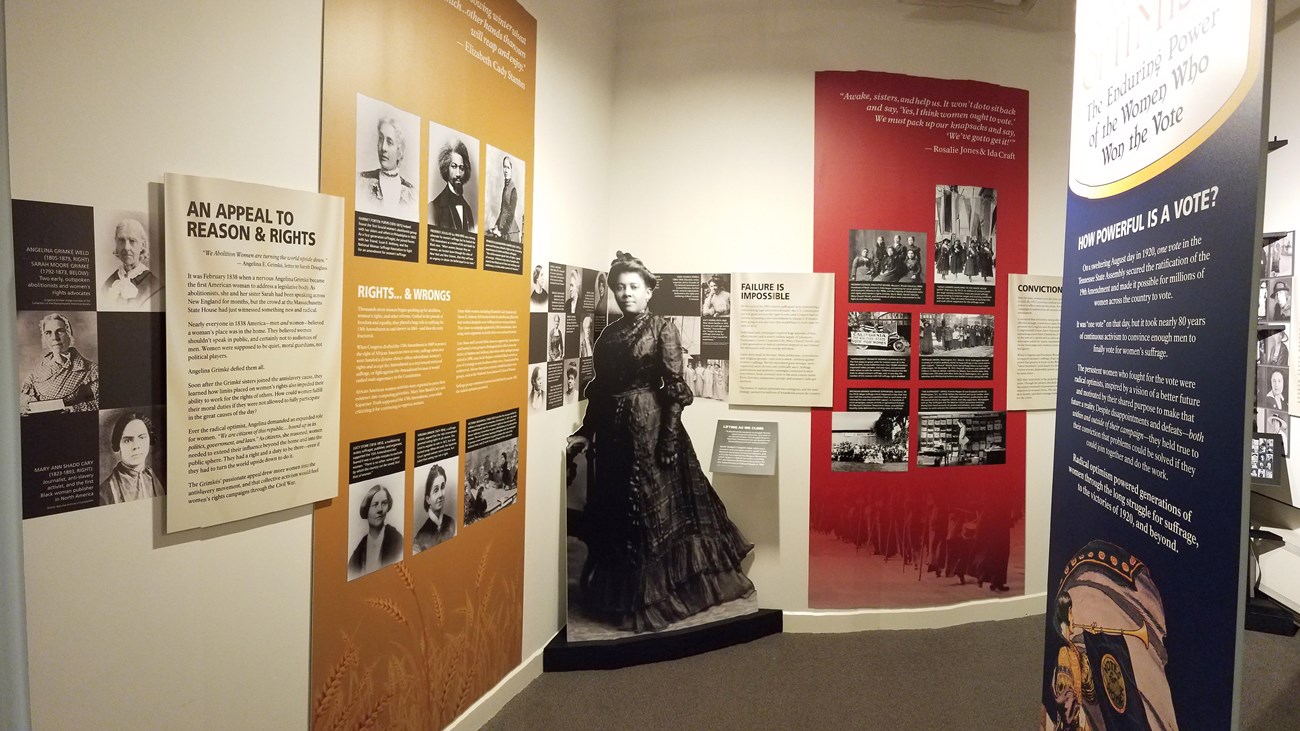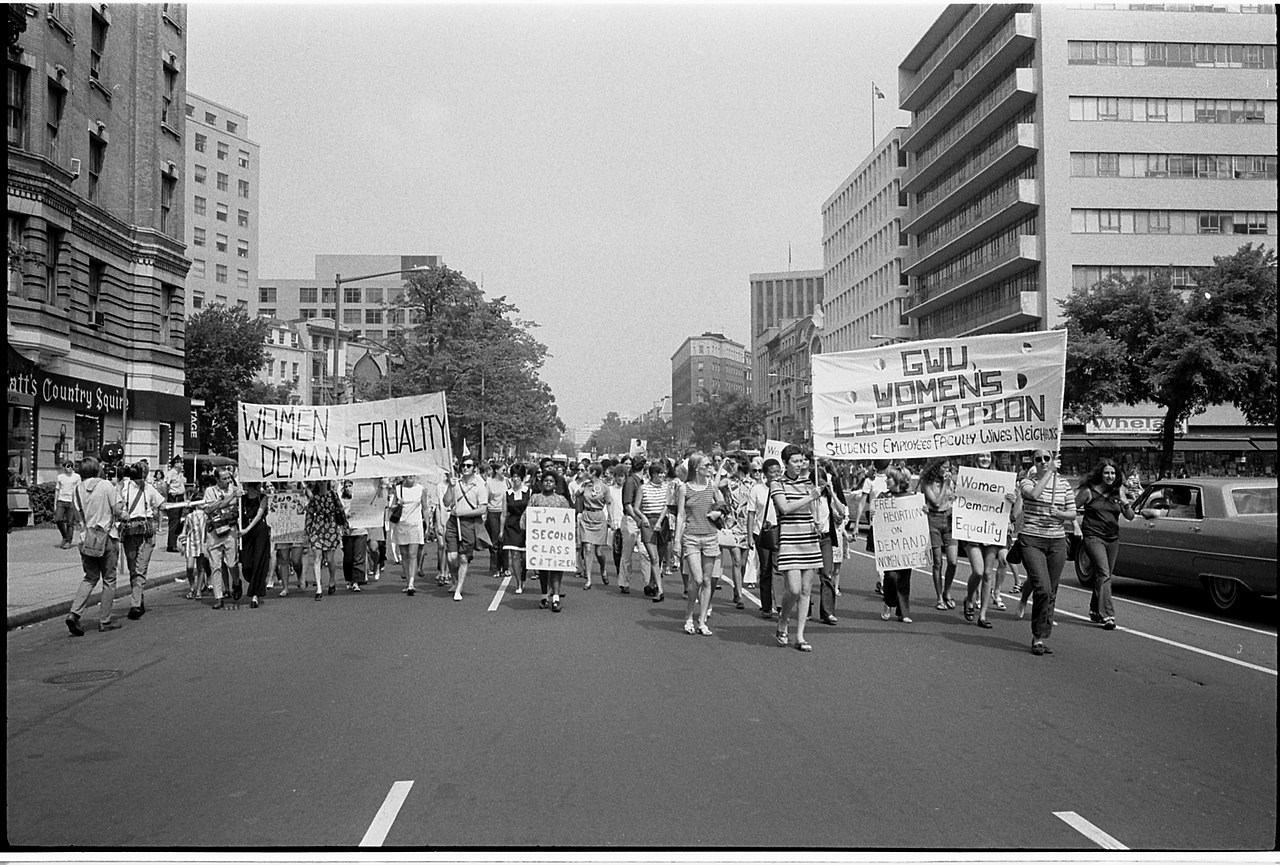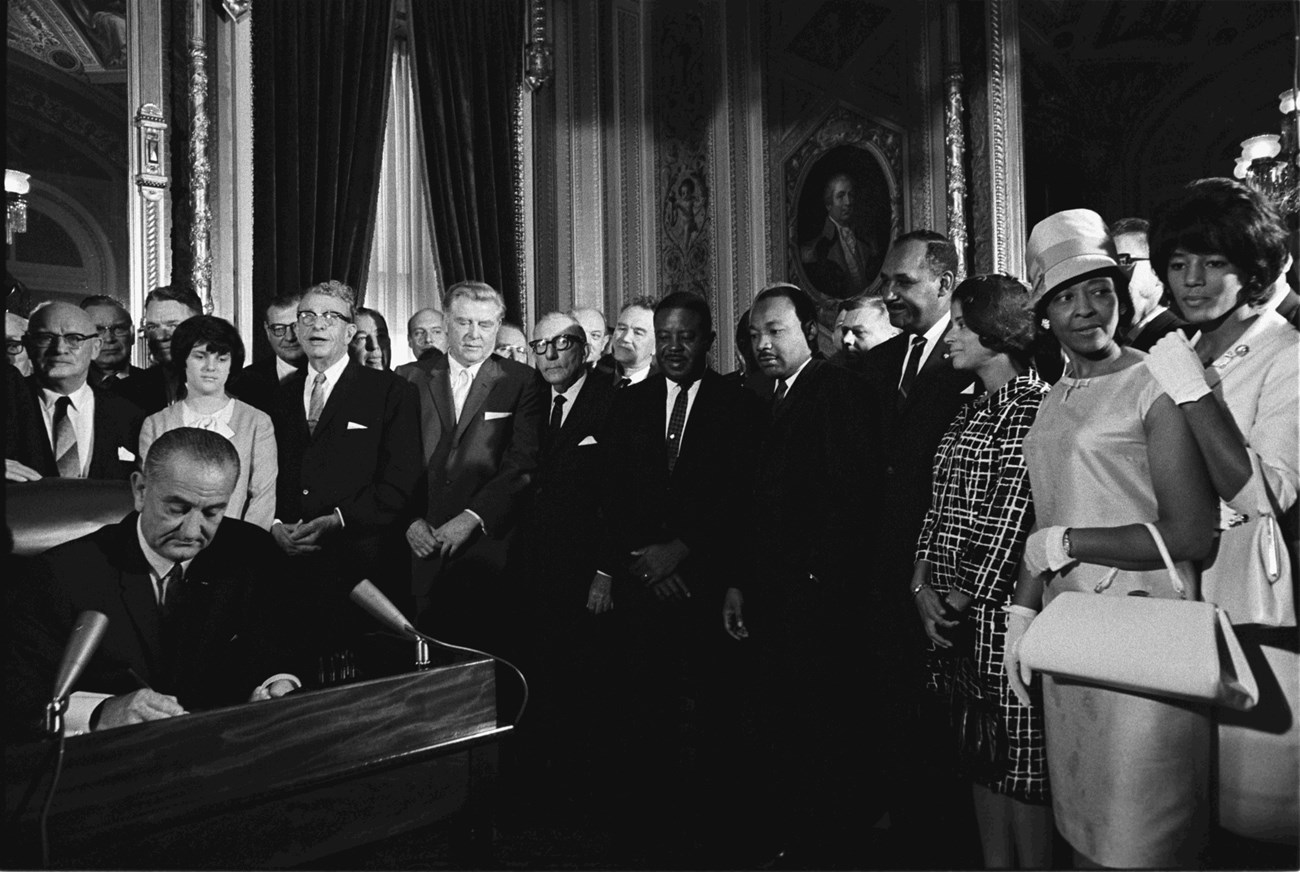
Radical Optimism
Radical Optimism features an overview of generations of women who dedicated themselves to the struggle for women’s voting rights. 
Library of Congress An Overview of the 19th AmendmentIn 1848 women and men met in Seneca Falls, New York to advance the cause for women’s rights. The convention, organized by Elizabeth Cady Stanton, Lucretia Mott, Martha Wright, Mary Ann M'Clintock, and Jane Hunt marked the beginning of a formal women’s suffrage movement. The men and women of the movement made speeches and petitioned Congress, pressuring government officials to recognize the woman’s right to vote. Stanton, Mott, and suffrage advocate Susan B. Anthony did not live to see women get the right to vote. Instead, they paved the way for future suffragists like Alice Paul, Ida B. Wells, and Mabel Ping-Hua Lee.The women leading the women’s suffrage movement were not always unified. Some suffragists thought only white women should exercise their right to vote. Others like Charlotte Forten Grimke, Mary Ann Shadd Cary, and Mary Church Terrell knew women of color also had a right to participate in electing government officials. The first constitutional amendment to secure votes for women was introduced to congress in 1878. It failed. By 1919, suffragists get another amendment introduced to congress that would secure women's right to vote. The 19th Amendment passed both the House and Senate. The states ratified the 19th Amendment in 1920, officially recognizing women’s right to vote. 
Library of Congress While many women were able to head to the polls, the amendment did not give voting rights to all women. Women of color, immigrants, and lower income women were often deterred from voting by laws and social pressure. For example, Native American women were not considered US citizens until 1924 and were not permitted to vote. Women who were convicted of a crime were also unable to vote, even if they completed their sentence. 
Library of Congress A Brief Timeline of the 19th Amendment
Voting Rights After the 19th Amendment
LBJ Presidential Library The 19th Amendment did not guarantee that all women and men in the United States could vote. Securing this essential right has been an long struggle, that for some, continues on to this day.
Learn more about the 19th Amendment
Visit the National Park Service's 19th Amendment page to discover more about this landmark legislation. For primary source documents and more resources check out the Library of Congress 19th Amendment Web Guide.
|
Last updated: February 22, 2021
